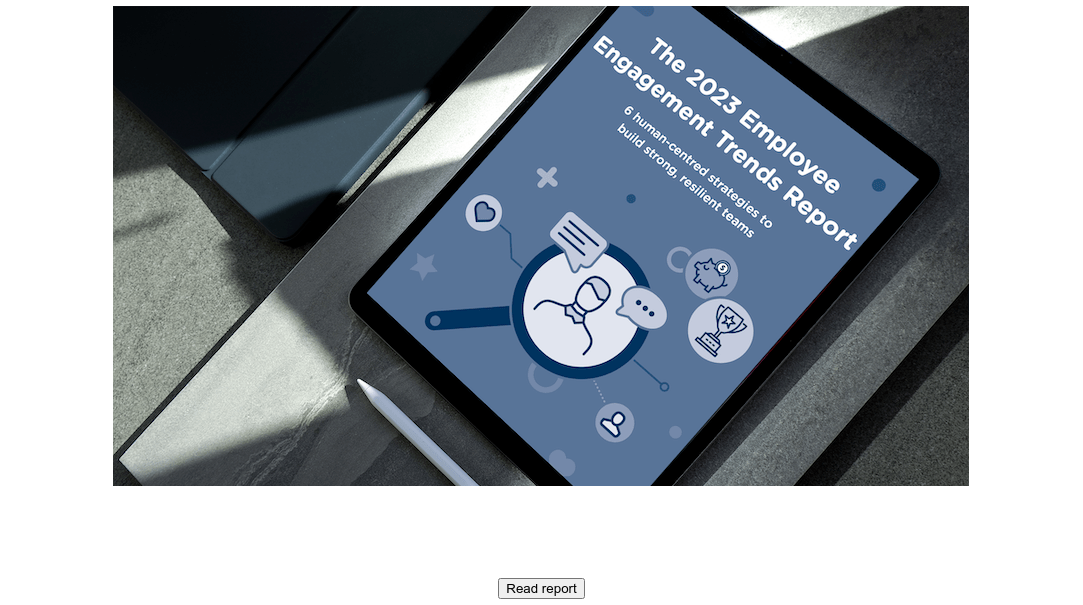If you walk into a crowded room and ask how everyone is doing, the odds are high you will hear at least one voice chime out, “Stressed!” Between ever-rising inflation and a dragging-on pandemic, people are experiencing significant strains on their wallets and their time.
According to our research, more than half of global employees are frequently experiencing stress at work – and more than 4 in 5 employees say that workplace burnout has a tangible effect on their overall wellbeing.
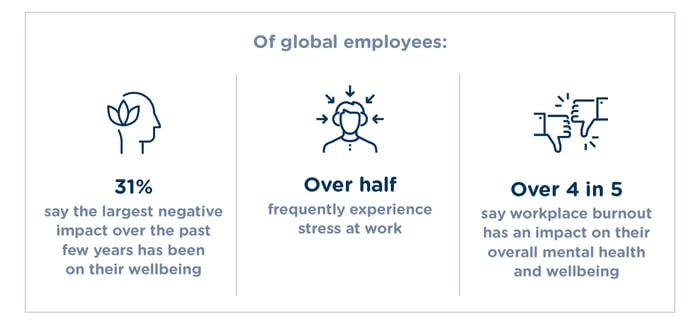
April is Stress Awareness Month. Stress is a sleeper danger in the human body, and can cause a near-infinite number of health issues, such as high blood pressure, heart disease and diabetes. Following Stress Awareness Month is Mental Health Awareness Month in May, so we have the next two months to focus in on our professional stressors – but, more critically, solutions and/or salves to those stressors – to make life a little more peaceful for our employees (and ourselves).
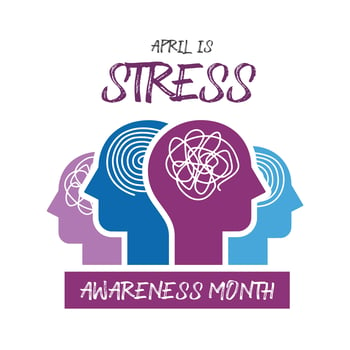 These past few years have been far from easy, and we’re all feeling its effects – and as the weather is improving with the season, spring is the perfect time to take a fresh approach to overall self-care and wellness. The human body needs sunlight to process vitamin D, and there’s more oxygen outside than inside, so when the weather is nice, take the opportunity to step outside for 10-15 minutes each day. You don’t even have to do anything extra to get the benefits of sunshine and fresh air – but leave your screens behind.
These past few years have been far from easy, and we’re all feeling its effects – and as the weather is improving with the season, spring is the perfect time to take a fresh approach to overall self-care and wellness. The human body needs sunlight to process vitamin D, and there’s more oxygen outside than inside, so when the weather is nice, take the opportunity to step outside for 10-15 minutes each day. You don’t even have to do anything extra to get the benefits of sunshine and fresh air – but leave your screens behind.
According to The American Institute of Stress:
- 55% of Americans are stressed during the day – 35% globally.
- Stress causes 57% of U.S. respondents to feel paralyzed.
- 63% of U.S. workers are ready to quit their job to avoid work-related stress.
To best tackle these next two mental health–forward months, let’s break up the conversation into four interconnected approaches to tackle the issue from all sides:
| The 4 Elements of Stress Management |
| 1. Financial |
| 2. Physical |
| 3. Emotional |
| 4. Social |
1. Financial
Financial stress is one of the hardest to manage – money doesn’t grow on trees, after all. And with inflation at over 6% in the US, raising costs on everything from groceries and utilities to childcare and travel, employees are experiencing stress that a simple pay raise can’t solve on its own.
So what’s an employer with limited resources to do? The best solution is to find cost-neutral or low-cost ways to help employees save money on essentials and luxuries, to stretch their dollars a bit further. 6% off here and 8% off there might not seem like much in the moment, but those dollars add up faster than you think – and that money saved can be put toward more of what you need. Increasing employee buying power via an employee discounts platform (like the one Reward Gateway offers) comes with a small price tag, but yields a huge result.
2. Physical
As mentioned above, stress has measurable effects on the human body, causing issues like panic attacks, fatigue, muscle soreness/weakness and indigestion. Stress creates cortisol in the bloodstream, so exercise is a great, easy way to combat stress in our lives, and keeping an eye on the foods we eat is another important aspect.
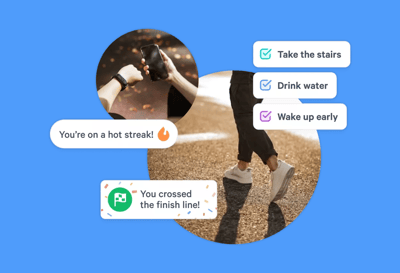 When you feel stress mounting, take a moment to step away from your computer and either go for a quick walk or do some light stretching. The boost in blood flow and increase in oxygen helps our bodies cycle cortisol back out of our bodies to lower those stress levels. Similarly, our unhealthy comfort foods and candy are only temporary salves on stress, so make sure to prioritize fresh produce and complex carbohydrates. Check out this list of stress-beating foods from WebMD.com and give your diet a boost this spring.
When you feel stress mounting, take a moment to step away from your computer and either go for a quick walk or do some light stretching. The boost in blood flow and increase in oxygen helps our bodies cycle cortisol back out of our bodies to lower those stress levels. Similarly, our unhealthy comfort foods and candy are only temporary salves on stress, so make sure to prioritize fresh produce and complex carbohydrates. Check out this list of stress-beating foods from WebMD.com and give your diet a boost this spring.
MoveSpring, a Reward Gateway company, offers physical activity challenges for employees to participate in together, such as a daily step count goal, staying active for 20 minutes each day – or anything that fits the unique interests of your workforce. Not only does this provide employees the opportunity to challenge themselves, but it provides them another avenue of communication and connection with their peers while they challenge each other to do even more.
3. Emotional
Emotional wellbeing is a huge topic, and typically the primary focus when discussing the effects of stress. The past few years of uncertainty have taken a massive toll on the global population:
In just 2020 alone, there were an estimated 76 million new diagnoses of anxiety disorders worldwide, which the National Library of Medicine cites as a 25% increase.
There are countless ways people manage stress, from therapy and mindfulness to exercise and self-care, and there are workplace-friendly things we can do as well. Partner with local mental health services to provide “wellbinars” for staff, especially if your organization is undergoing any kind of significant change. These can be done as anonymous exercises, allowing staff to respond honestly to prompts without fear of judgement or pushback. It also helps staff see that they are not alone in anything they are feeling, as we are all more alike than we are different.
Consider implementing other wellness benefits at your organization, such as discounts on gym memberships or even a general wellbeing stipend that employees can use how they see fit, whether that’s for exercise equipment or just a massage.
4. Social
Our social wellbeing is wrapped up tightly in our emotional wellbeing, so addressing one tends to also address the other.
We all want to feel connected to our peers – in fact, in our State of Employee Burnout Report, 81% of employees reported that it’s important to their wellbeing that they feel connected to their colleagues. Additional research notes that 89% of employees say feeling heard by leadership is important to their wellbeing at work, and 66% of U.S.-based employees believe that their wellbeing would improve if they were simply thanked more often.
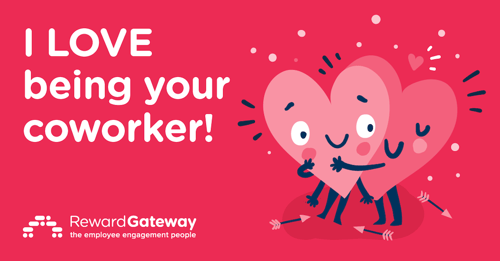
Reward Gateway uses eCards and peer-to-peer recognition to promote social and emotional wellbeing in the workplace. eCards allow us to recognize each other for our work, our successes and our friendships. eCards allow managers to thank their employees for everything from being cheerful and kind to going above and beyond in a way that connects to company values and your organization’s mission.
While mental health should be a priority every day, Stress Awareness Month and Mental Health Awareness Month are great opportunities to re-focus on what you can do in and outside of your workplace to find ways to reduce your daily stress levels. Over the next couple of months we’re packing the blog with more tips and ways to combat stress and improve your mental health – stay tuned for more.
For more content on how best to engage, connect and support your workforce, follow our blog and never miss an update.

 Emily Mellwood
Emily Mellwood

